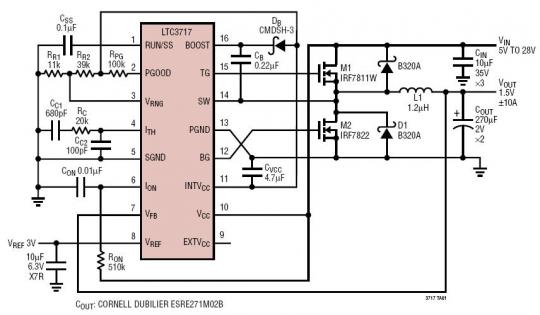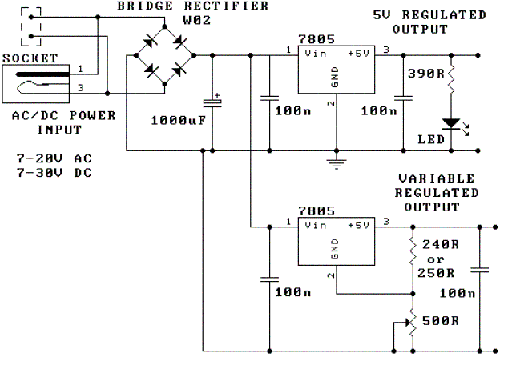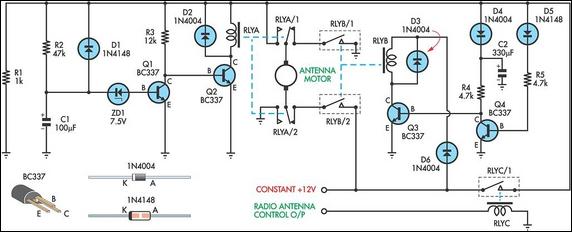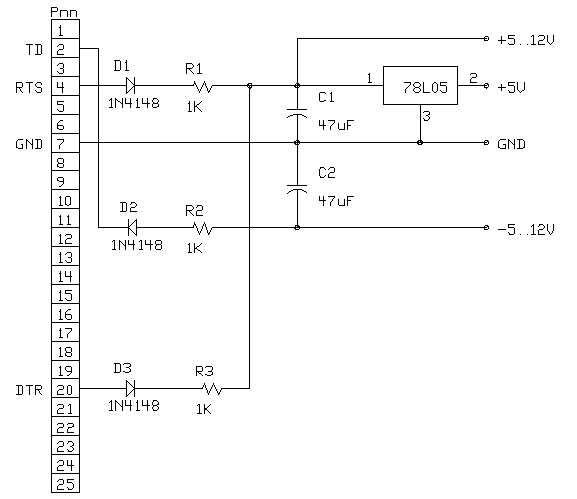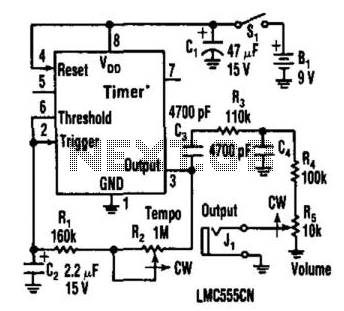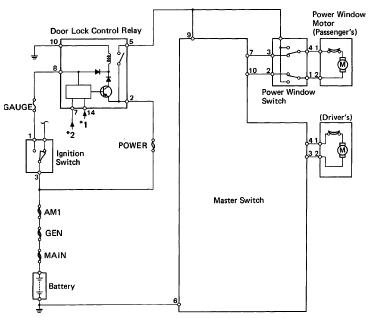
bjt Low voltage/current power supply for wide range of inputs
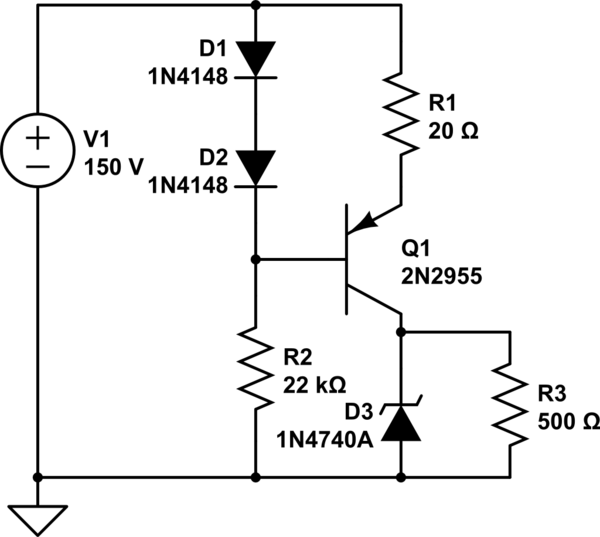
A simple low voltage/current power supply that can accept a wide range of input voltages, up to several hundred volts. The input range is specified as 20 to 160V DC, with an output requirement of 10V and a maximum current of 20mA. To maintain simplicity, a linear regulator design is proposed, utilizing a Zener diode for voltage reference. However, a challenge arises in ensuring that a minimum current of approximately 10mA flows through the Zener diode for it to function effectively. Using a resistor to limit the current through the Zener, as is common in typical circuits, results in a significant increase in current at maximum input levels (approximately 15 times larger at 150V drop on the resistor when compared to a 10V drop at 20V input). This creates excessive heat, particularly in the resistor (22.5W at maximum), making this approach impractical. The proposed solution is to implement a current source to limit the current flowing through the Zener diode. This configuration allows for most of the heat dissipation to occur in the BJT, which can be adequately cooled with a suitable heatsink. Additionally, the current does not increase linearly with voltage as it would with a resistor. The base currents are relatively low, resulting in manageable heat generation (approximately 1W at 160V input in the schematic provided).
The described power supply circuit operates within a specific input voltage range, utilizing a linear regulation approach to achieve a stable output voltage of 10V at a maximum load current of 20mA. The use of a Zener diode provides a reliable voltage reference; however, it is critical to maintain the Zener's operating current above its minimum threshold to ensure proper regulation.
To mitigate the excessive heat generated by a resistive current limiting method, the circuit employs a BJT (Bipolar Junction Transistor) configured as a current source. This arrangement not only limits the current through the Zener diode but also shifts the thermal burden away from the Zener and resistor, concentrating it on the BJT, which can be effectively heat-sinked. The BJT's collector current is controlled such that it remains within safe operating limits, preventing thermal runaway and ensuring stability across the input voltage range.
The circuit's design includes feedback mechanisms that stabilize the output voltage against variations in input voltage and load conditions. The BJT operates in the active region, and its base current is kept low to minimize additional heat generation. The overall efficiency of the power supply is improved by reducing the power dissipated in resistive components, allowing for a more compact and thermally manageable design.
In summary, this power supply circuit effectively addresses the challenges associated with high input voltages and low output currents by leveraging a linear regulator configuration with a Zener diode reference and a current-limiting BJT. This design ensures reliable operation, thermal management, and simplicity, making it suitable for applications requiring a stable low voltage output from a high voltage input source.Simple low voltage/current power supply that can accept wide range of input voltages, up to the hundreds. Let`s say, the input is 20 to 160V DC and output has to be 10V with 20ma maximum current. Since it has to be simple, I decided that it should be some sort of linear regulator, with Zener diode used for voltage reference.
Thetricky part for me was that you need to put some minimum amount of current through the Zener diode for it to be effective (about 10ma, as I understand). However, if you use resistor to limit current through Zener (as in typical circuits), the current would be ~15 times larger on maximum input (150V drop on the resistor at 160V versus 10V drop at 20V input). That would generate a lot of heat both on the Zener and especially resistor (22. 5W on the resistor!). So, that does not look like a viable option. The solution I came with is to use current source for limiting current through the Zener. In that case almost all the heat is released on the BJT (which is kind of easy to cool with proper heatsink, plus the current would not rise linearly with voltage, as in case with resistor).
The base currents are relatively small, so heat there should not be an issue (about ~1W at 160V input in the schematic below, which, I guess, is fine). 🔗 External reference
The described power supply circuit operates within a specific input voltage range, utilizing a linear regulation approach to achieve a stable output voltage of 10V at a maximum load current of 20mA. The use of a Zener diode provides a reliable voltage reference; however, it is critical to maintain the Zener's operating current above its minimum threshold to ensure proper regulation.
To mitigate the excessive heat generated by a resistive current limiting method, the circuit employs a BJT (Bipolar Junction Transistor) configured as a current source. This arrangement not only limits the current through the Zener diode but also shifts the thermal burden away from the Zener and resistor, concentrating it on the BJT, which can be effectively heat-sinked. The BJT's collector current is controlled such that it remains within safe operating limits, preventing thermal runaway and ensuring stability across the input voltage range.
The circuit's design includes feedback mechanisms that stabilize the output voltage against variations in input voltage and load conditions. The BJT operates in the active region, and its base current is kept low to minimize additional heat generation. The overall efficiency of the power supply is improved by reducing the power dissipated in resistive components, allowing for a more compact and thermally manageable design.
In summary, this power supply circuit effectively addresses the challenges associated with high input voltages and low output currents by leveraging a linear regulator configuration with a Zener diode reference and a current-limiting BJT. This design ensures reliable operation, thermal management, and simplicity, making it suitable for applications requiring a stable low voltage output from a high voltage input source.Simple low voltage/current power supply that can accept wide range of input voltages, up to the hundreds. Let`s say, the input is 20 to 160V DC and output has to be 10V with 20ma maximum current. Since it has to be simple, I decided that it should be some sort of linear regulator, with Zener diode used for voltage reference.
Thetricky part for me was that you need to put some minimum amount of current through the Zener diode for it to be effective (about 10ma, as I understand). However, if you use resistor to limit current through Zener (as in typical circuits), the current would be ~15 times larger on maximum input (150V drop on the resistor at 160V versus 10V drop at 20V input). That would generate a lot of heat both on the Zener and especially resistor (22. 5W on the resistor!). So, that does not look like a viable option. The solution I came with is to use current source for limiting current through the Zener. In that case almost all the heat is released on the BJT (which is kind of easy to cool with proper heatsink, plus the current would not rise linearly with voltage, as in case with resistor).
The base currents are relatively small, so heat there should not be an issue (about ~1W at 160V input in the schematic below, which, I guess, is fine). 🔗 External reference
Warning: include(partials/cookie-banner.php): Failed to open stream: Permission denied in /var/www/html/nextgr/view-circuit.php on line 713
Warning: include(): Failed opening 'partials/cookie-banner.php' for inclusion (include_path='.:/usr/share/php') in /var/www/html/nextgr/view-circuit.php on line 713
